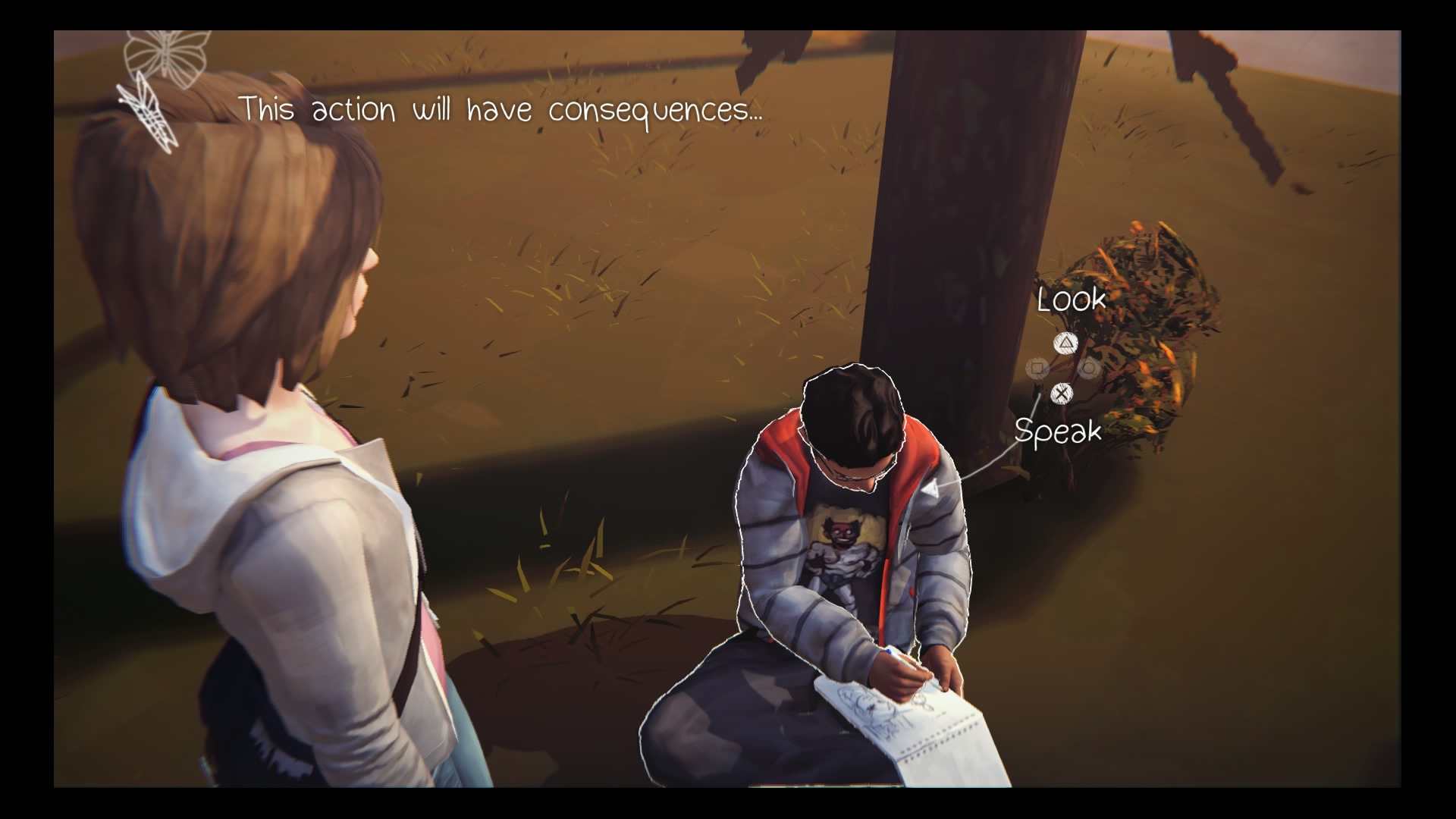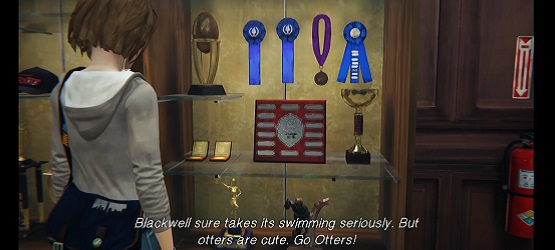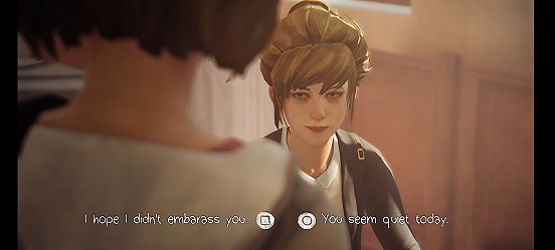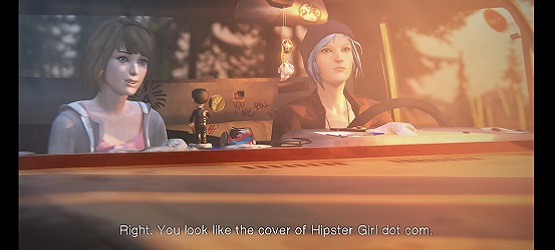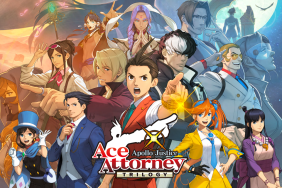I’ll be honest — I was a little worried going into Life is Strange. Being a fan of Telltale’s games, I was nervous that Life is Strange would try to be an imitation of them, or at least come off as a well-made clone, but a clone nonetheless. Well, I was wrong — incredibly so. Life is Strange is an episodic, choice-driven adventure game, sure, but it is focused on real-life, with just a splash of the mystical, while the Telltale games are somewhat the opposite. After only an hour in the game, I was completely and utterly immersed in the game’s world, and did not want to have to leave after the first episode ended.
While making my way through Life is Strange, I never really felt like I was playing a game. I was pressing buttons and staring into a TV — as one usually does when playing a console game — but the whole experience felt like something more. Maybe it was the way that the voice acting so perfectly encapsulates the characters, or maybe it was the high school dialogue that feels real and true to life, and not like some corny reality TV show. Or, maybe, it was the way that Max — the main character of the game — can so easily connect with the real world.
Max: Funny, Relatable, Indie
Max, in my opinion, is a practically perfect character. I don’t mean that in a Mary Poppins sort of way, for Max certainly has a fair share of flaws, but I mean in terms of being to relate to her. Unlike many other video games that depict females, Max is actually a normal girl. She is not overly sexualized or feminized; nor does Life is Strange try to draw unnecessary attention to the fact that she’s a girl. Instead, she simply exists, and it is an entirely refreshing experience. Max, like most people, is dynamic — she is a bit of a geek, a bit of a loner, and somewhat of a hipster. She writes in a journal, takes photographs, sends texts, reads emails — all things that really help draw the player into the game. She is also incredibly funny and sarcastic, and her little comments on things were highly entertaining to me. In short, Max is her own person, and probably will remind you of at least someone that you know in real life.
The only thing that is not entirely her own are her actions. The player, of course, controls these, allowing Max to interact with other characters and different objects in the game. Interacting with other characters is probably the highlight of Life is Strange. Each character has his or her own name and personality. At first glance, some of these characters actually seem shallow and underdeveloped, like they are simply adhering to a stereotype. Victoria, for example, appears to be a stereotypical rich, spoiled girl. She is rude, mean, and obsessed with getting what she wants. It isn’t until you talk to her that you discover that she actually is like a real person — she has a deeper layer to herself that completely contradicts her outward appearances.
Through these interactions, Max is able to shape her personality. Players are often presented like choices, and, similar to how the Telltale games work, these choices have a direct impact on later events in the game. For example, at one point I chose to look at some hidden files. These files prompted an interesting conversation later in the game, one that would not have happened if I had not taken time to look at them. While that was only a small choice, other choices have a much larger impact on the game, defining how certain actions play out.
Time to Rewind
If, however, you make a choice that you instantly regret, Life is Strange has you covered. Very early on in the game Max gets the power to move backward in time for a few minutes. This allows her to change certain choices, prevent certain outcomes, and get the upper-hand in certain conversations. One of the first things I did after gaining these powers is go back in time to answer some questions correctly that Max’s teacher had asked her, allowing Max to gain the respect of the teacher. Previously, another girl had answered the questions correctly, but one quick movement through time instantly changed that.
Her power is useful for things like that, and they do add in another element to the gameplay. Certain puzzles can only be figured out by using her power, and certain events can only happen if she travels back in time to revise a conversation or two. However, Max’s ability does have its limitations. If you make a choice and skip off to do something else, that choice cannot be undone. Immediate choices and events can be changed, but wait too long or travel to a new area and those actions will be stuck. The power is mysterious like that, and even Max does not understand it. It is one of the numerous mysteries that course through Life is Strange, and, although I don’t want to reveal anything, I actually found some of the other mysteries even more exciting.
Exploring the Environment
Between these various mysteries, the diverse cast of characters, and all of the different signs and posters and objects that Max can interact with, the first episode can take several hours to complete, as long as you take the time to explore the world. Although sometimes it might seem daunting to try to look at all of the flyers hanging on a bulletin board or to talk with all of the characters, doing so will help flesh out the story. Besides, I found it very entertaining to interact with these things — I wasn’t just learning about the world or the people, but I was actually having fun doing so. While I have found that many other games engulf the players with lore in unappealing or overwhelming ways, Life is Strange is able to hand out information in perfect little amounts.
Not only does interacting at all of the objects take up time, but I found myself just looking at the beautiful environments for numerous minutes as well. At first, I sort of disliked the graphics in Life is Strange. Since I played it on the PlayStation 4, I found that they are far behind the graphical achievements of games like Assassin’s Creed Unity or Dying Light. But the more I played, the more I began to appreciate the artistic value of the environments, and I found them more and more beautiful. By the end of the episode, I absolutely loved the graphics, and thought that by giving them a sort of artsy feel, they are able to tie in perfectly with Max’s hipster and artistic personality and the amazing indie music soundtrack that plays during certain parts of the game.
Life is Strange thus has a wholly indie feel to it, and by adding in references to classic indie movies and semi-unknown musicians and novels, the adventure game becomes a hipster’s dream. Even some of the interactions in the game, such as the way Max is both connecting with her past through a renewed friendship with the blue-haired, pot-smoking Chloe, and how she is also trying to make new connections at her school brings to mind numerous indie films. The themes, art, and music are all there, and serve to create a sort of movie out of Life is Strange without managing to make the game any less appealing or interactive.
In the end, the only thing I can truly say is that Life is Strange is a must-buy. With its artsy graphics and music, relatable and realistic characters, and numerous mysteries and choices, the episodic adventure easily sucked me in and had me wishing I could dive directly into Episode 2. If the future episodes are anything like this first one, then I think Life is Strange is set to be one of the best games of the year, if not the best one.
Review copy was provided by the publisher. For information on scoring, please read our Review Policy here.
-
Emotionally charged story and characters
-
Numerous things to explore and interactive with
-
Extremely relatable
-
Beautiful art and music
-
Graphics could be perceived as weak
-
Certain lack of replay value, considering it is a story-based game
Life is Strange Review Gallery
-
Life is Strange Screenshot
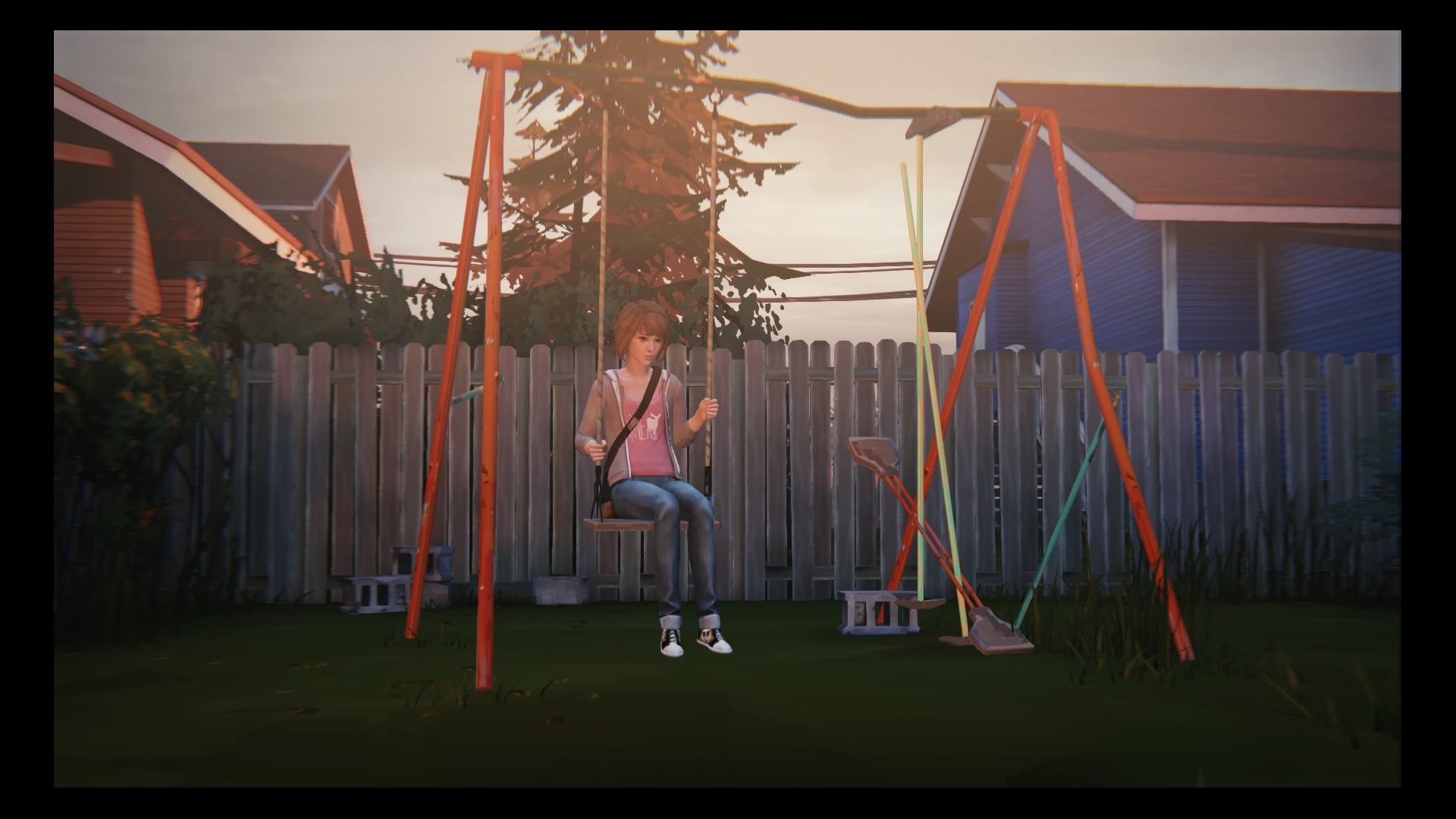
-
Life is Strange Screenshot
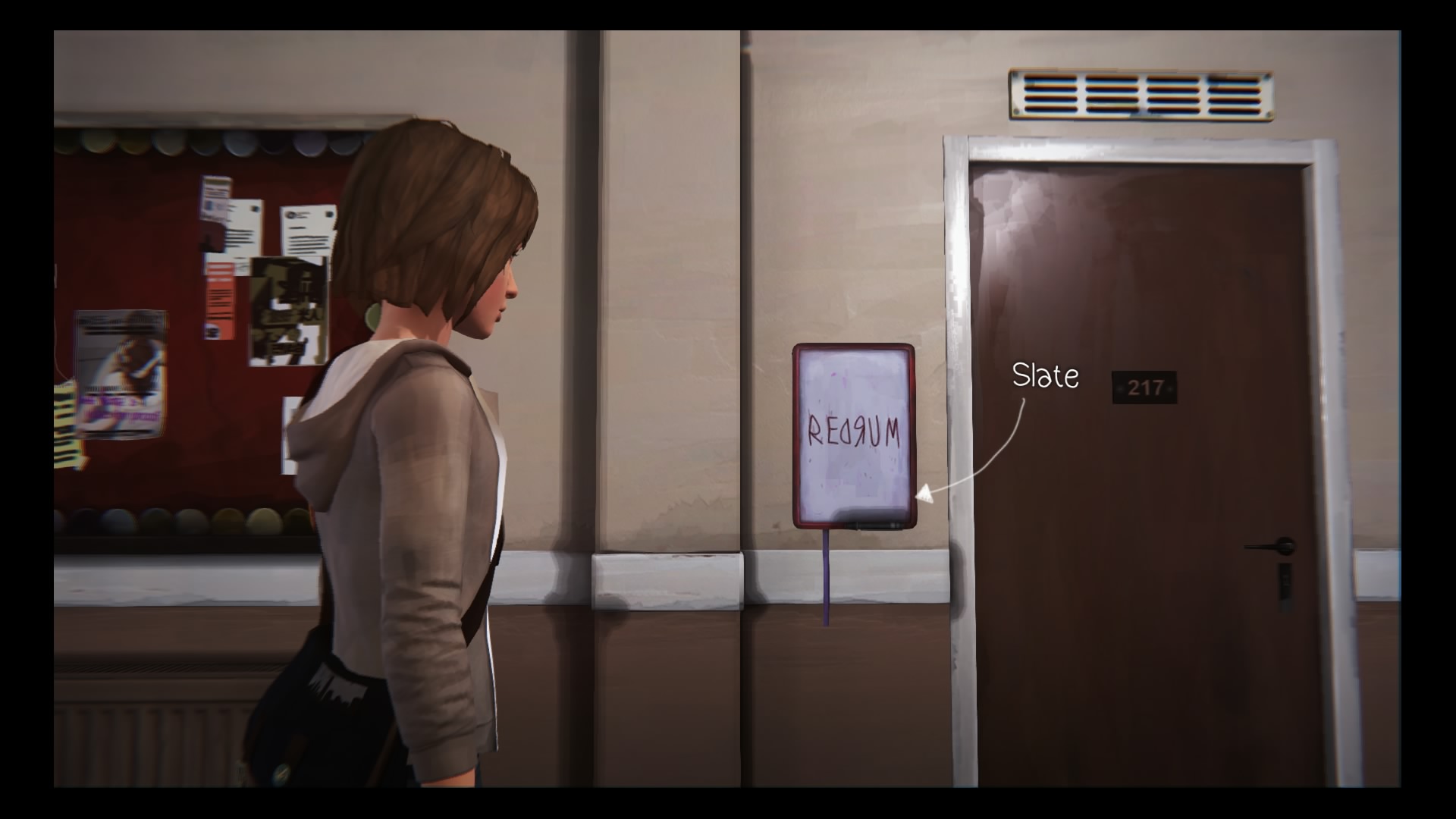
-
Life is Strange Screenshot

-
Life is Strange Screenshot
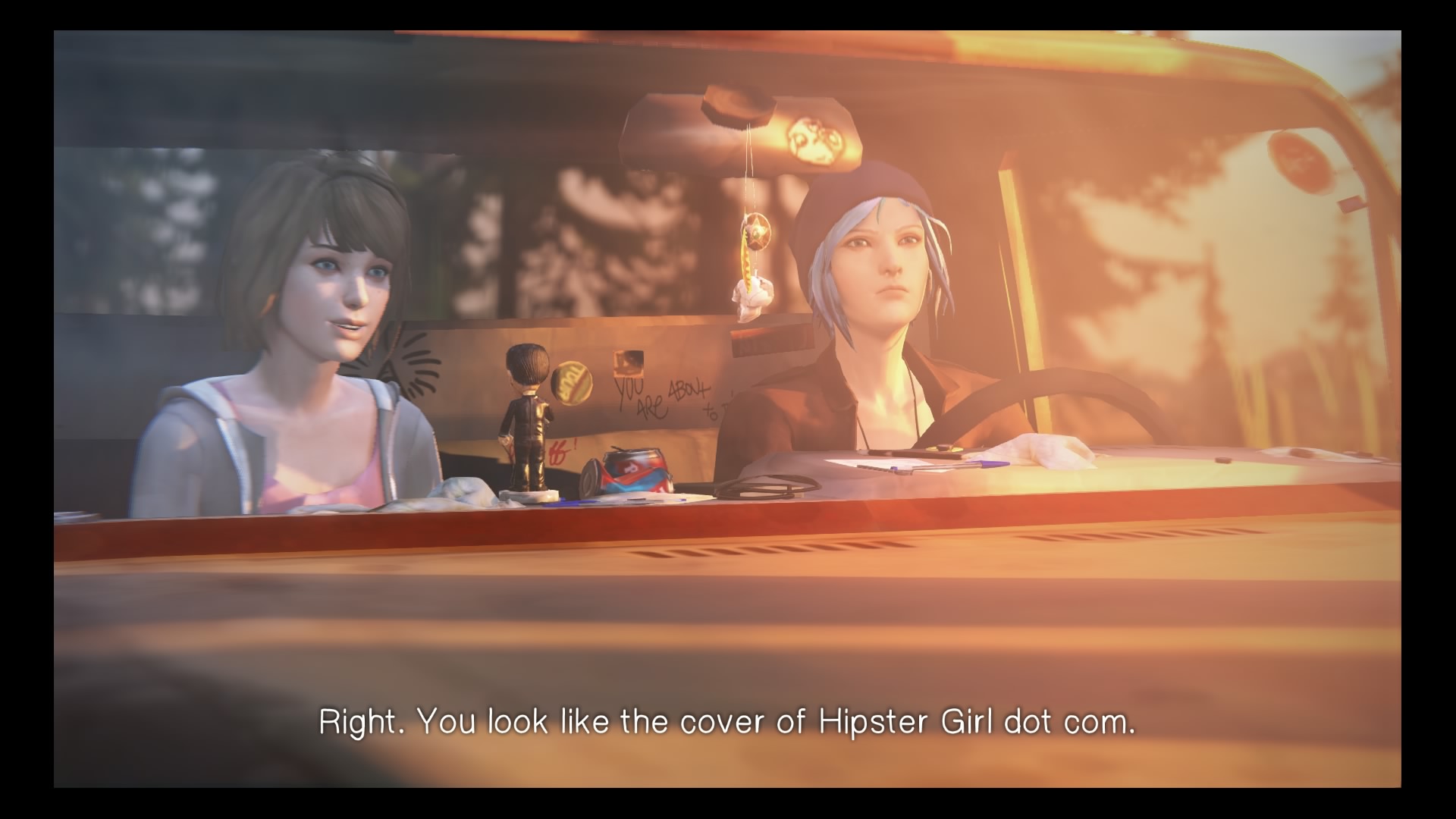
-
Life is Strange Screenshot
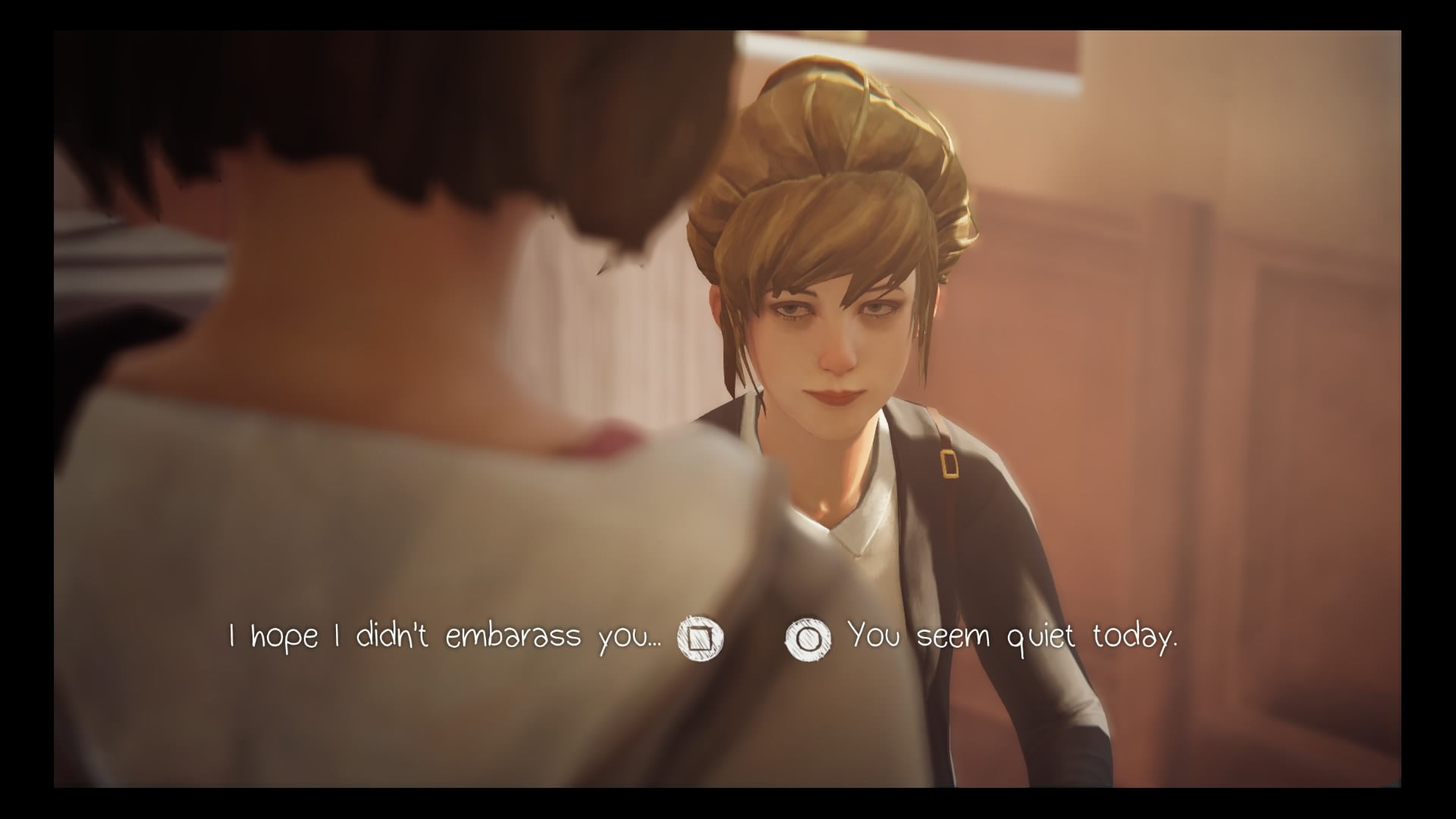
-
Life is Strange Screenshot
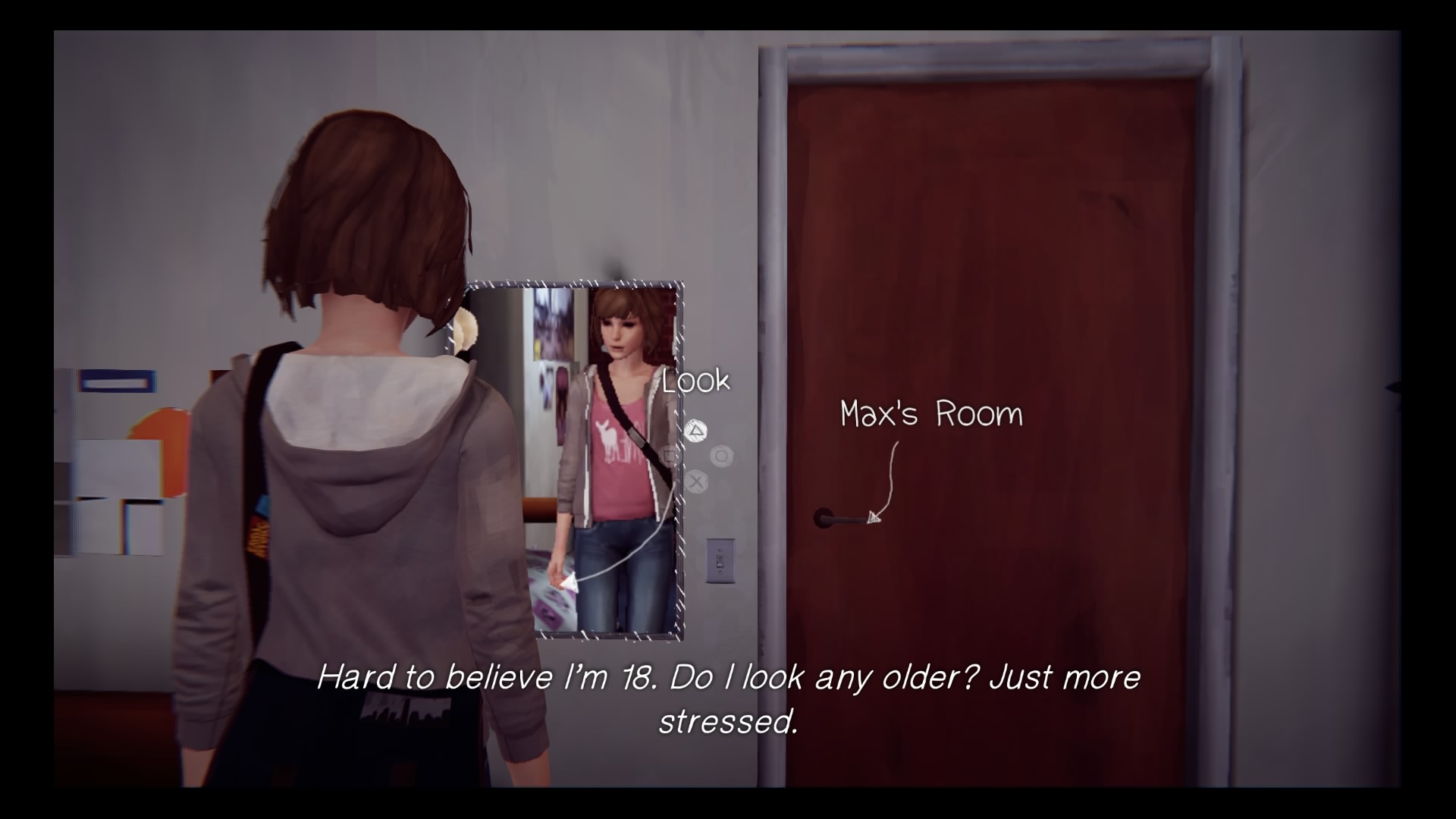
-
Life is Strange Screenshot
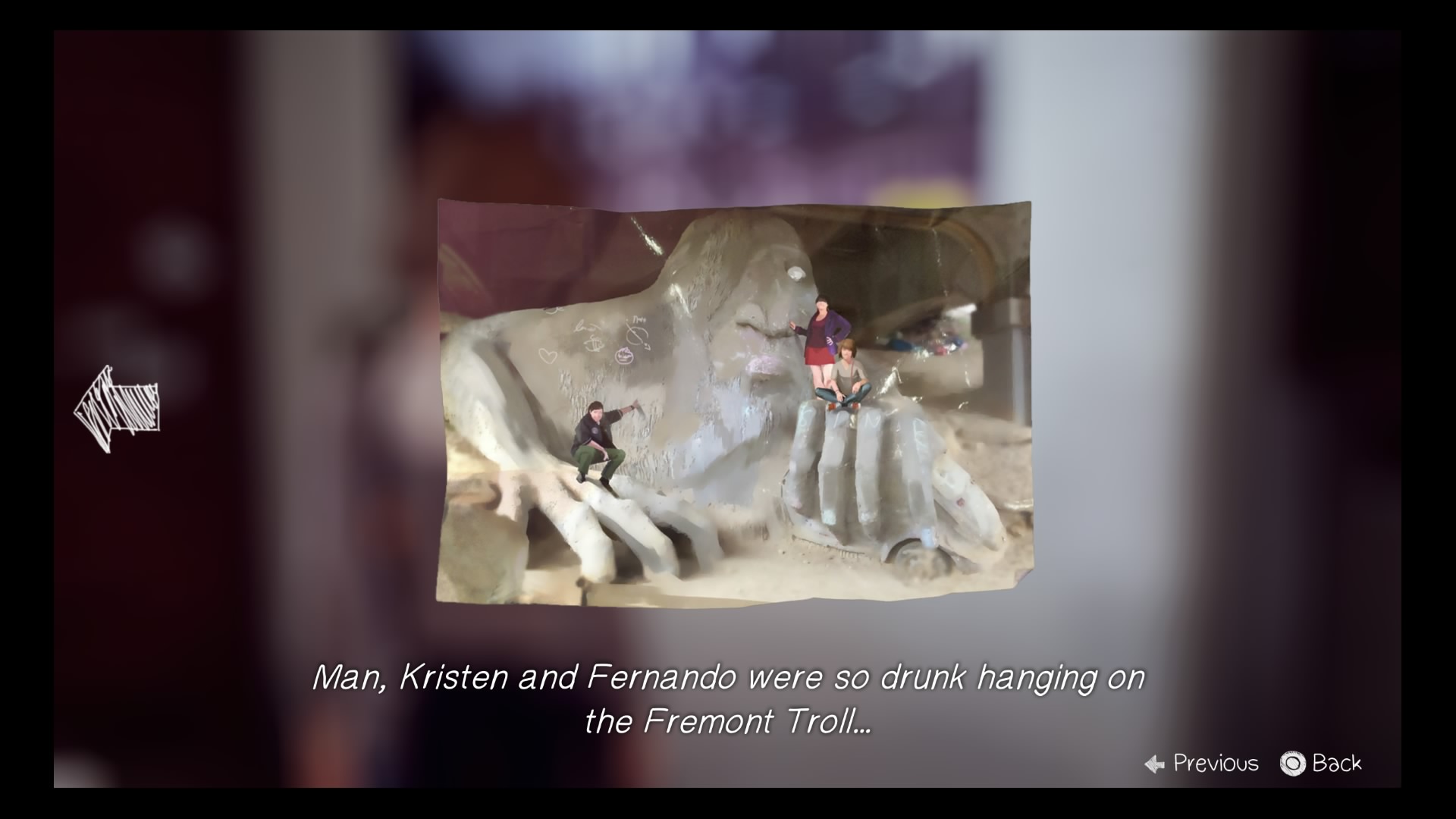
-
Life is Strange Screenshot
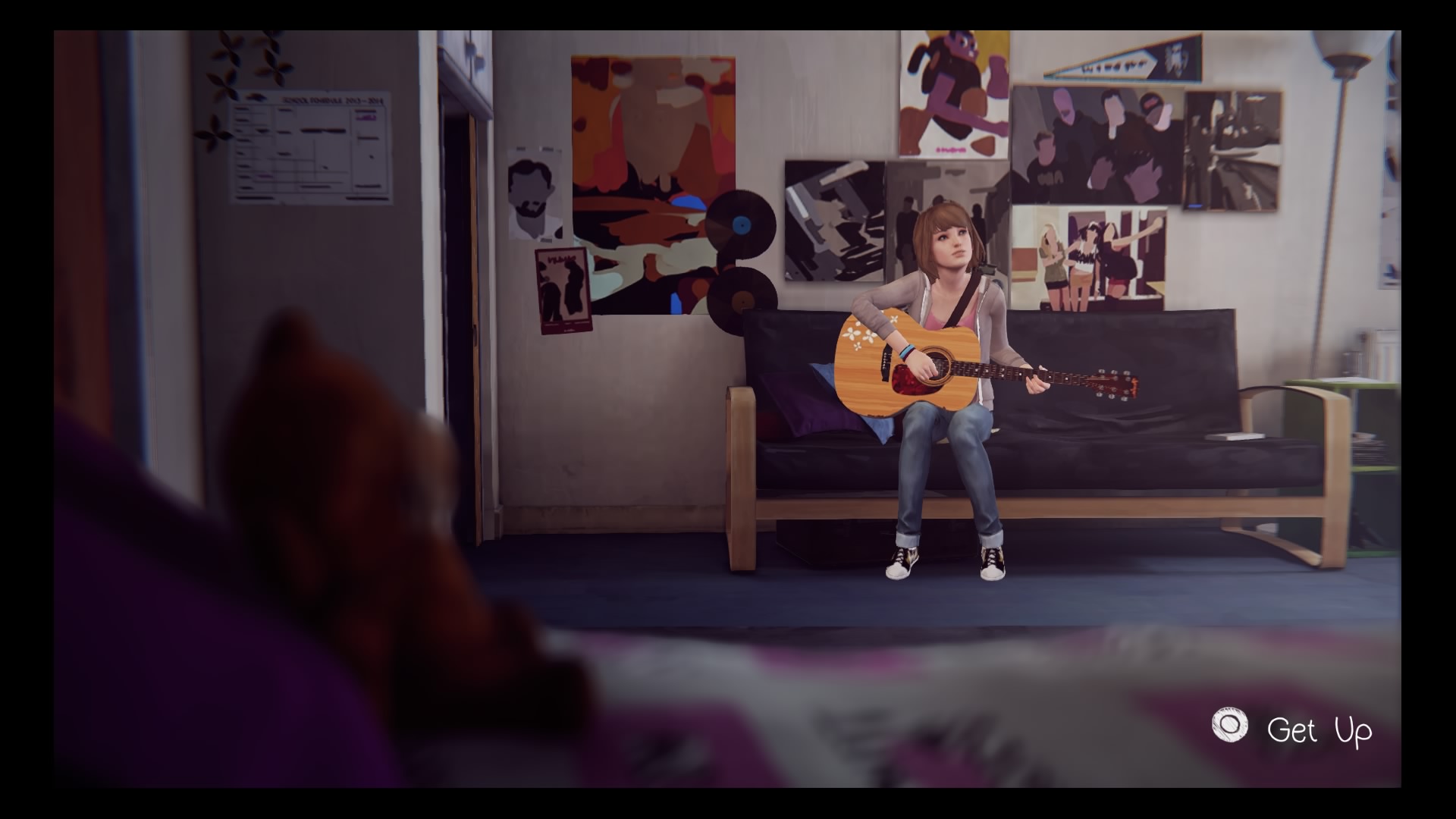
-
Life is Strange Screenshot
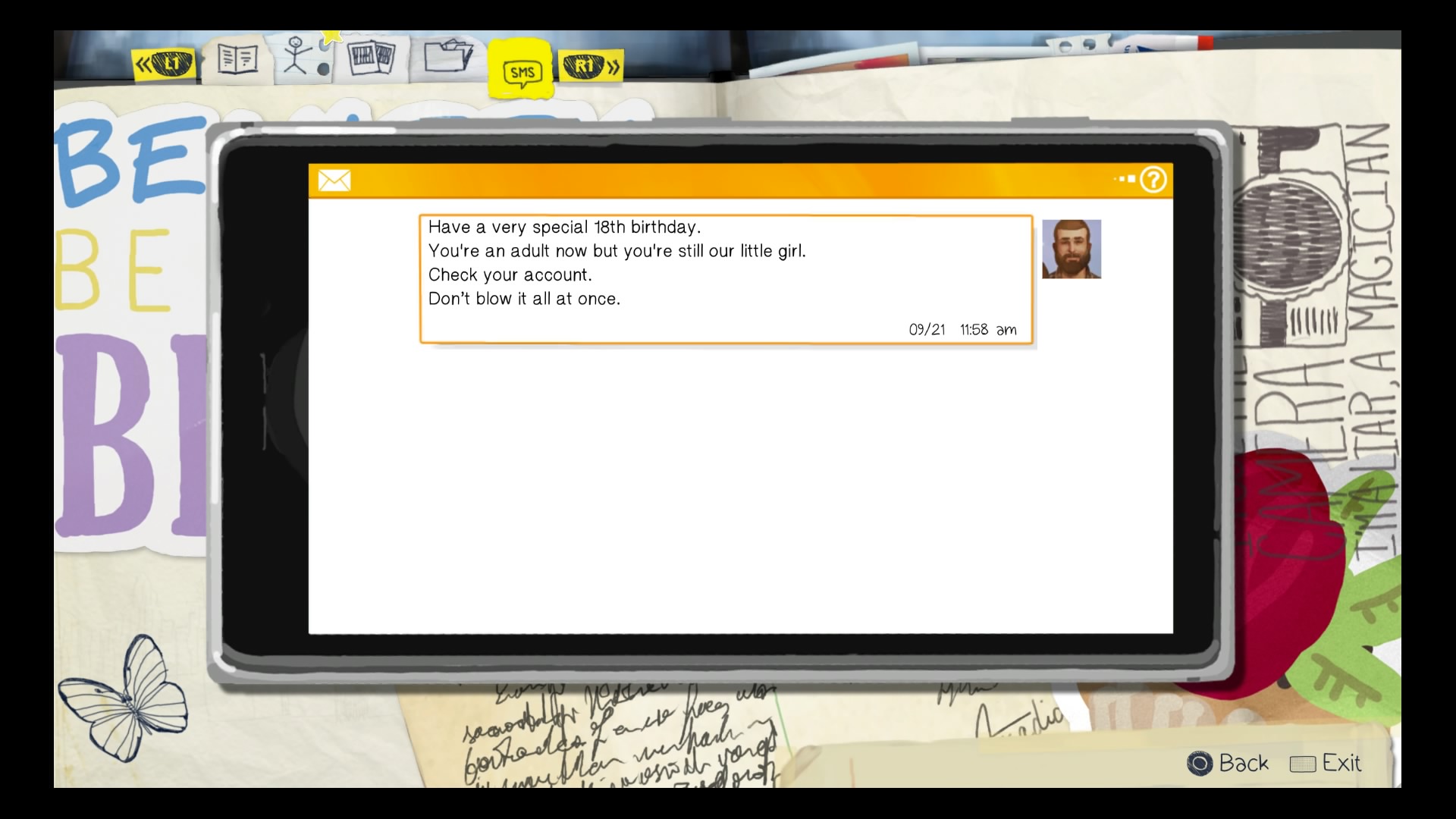
-
Life is Strange Screenshot
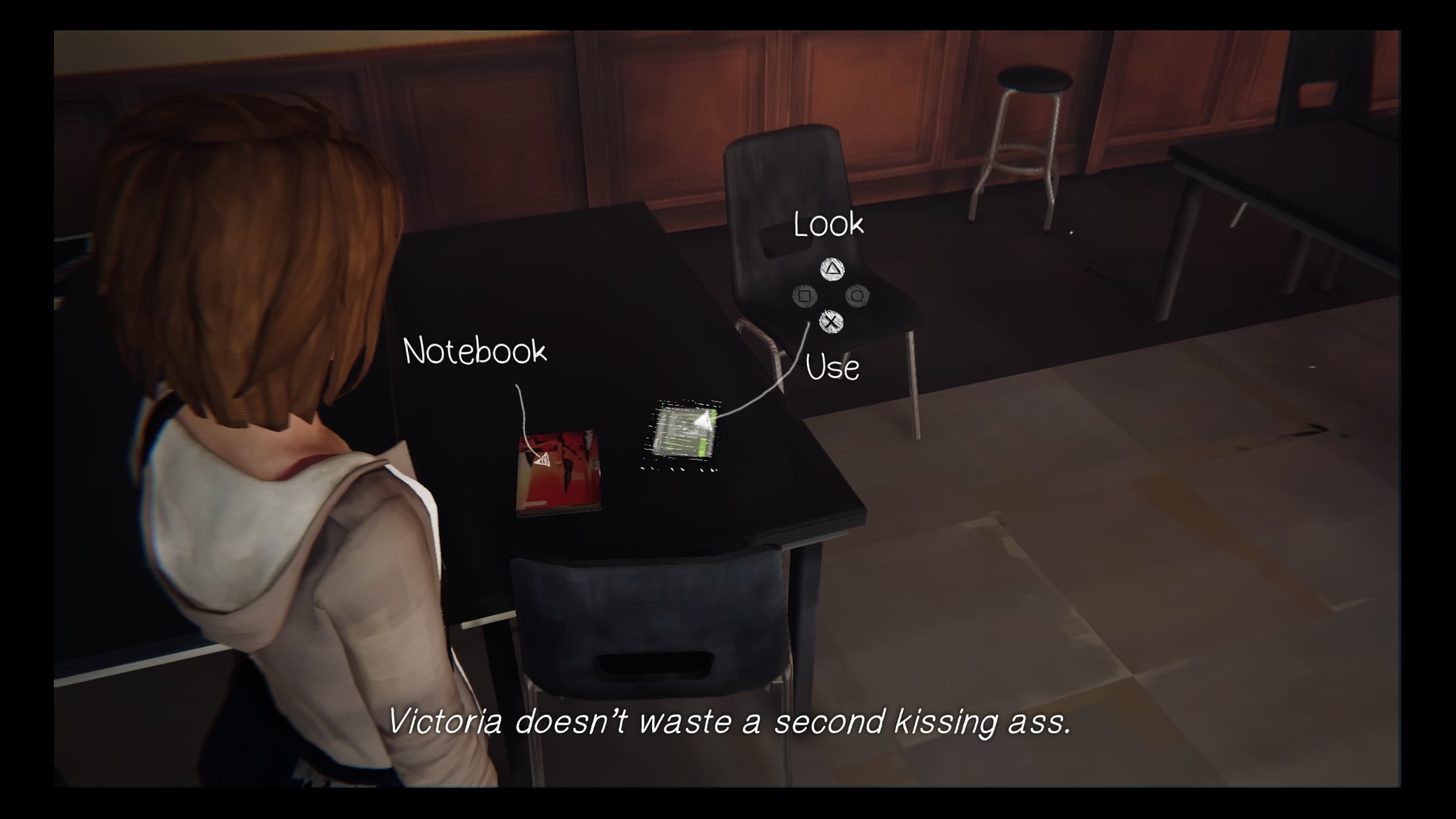
-
Life is Strange Screenshot

-
Life is Strange Screenshot
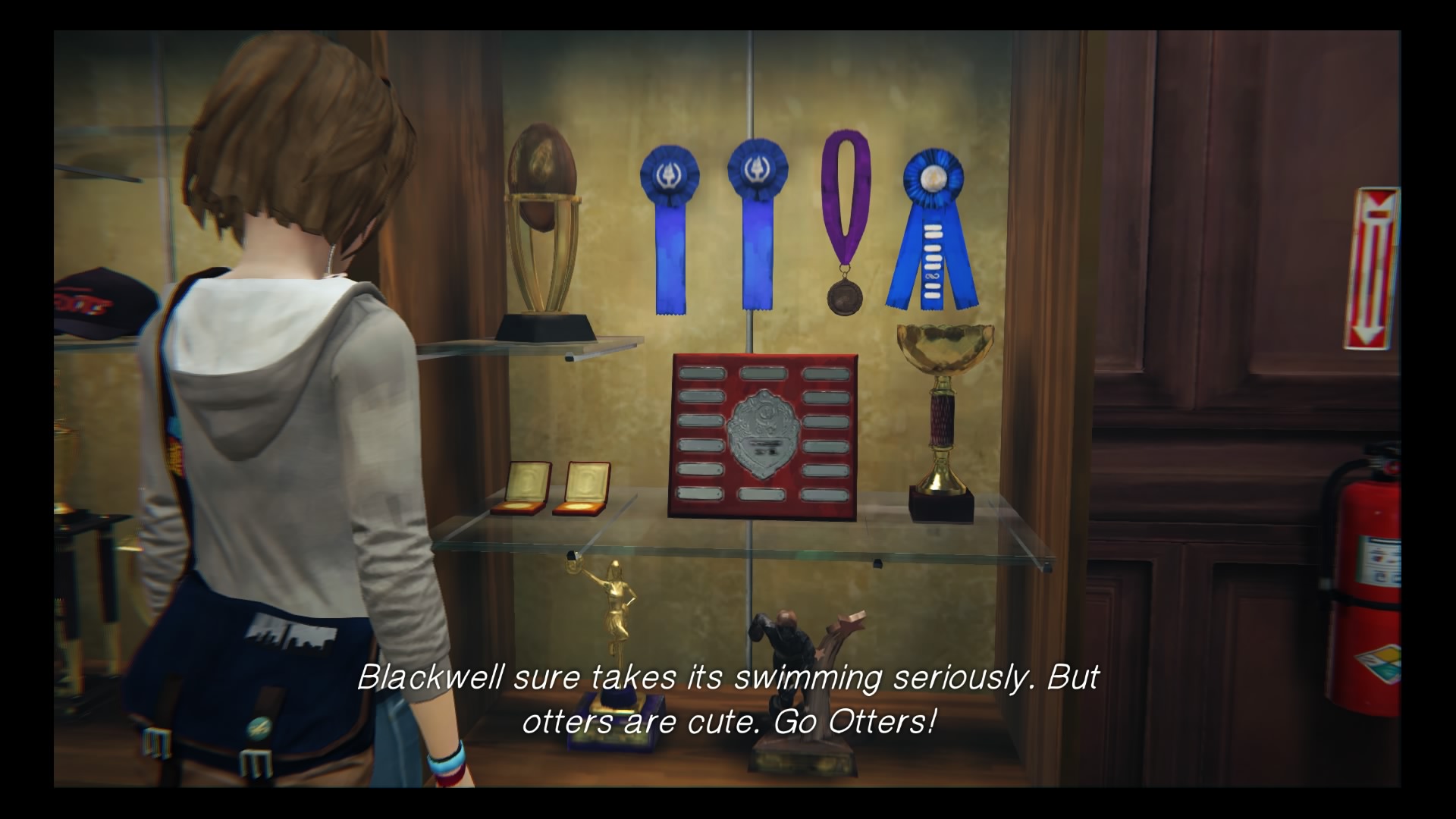
-
Life is Strange Screenshot
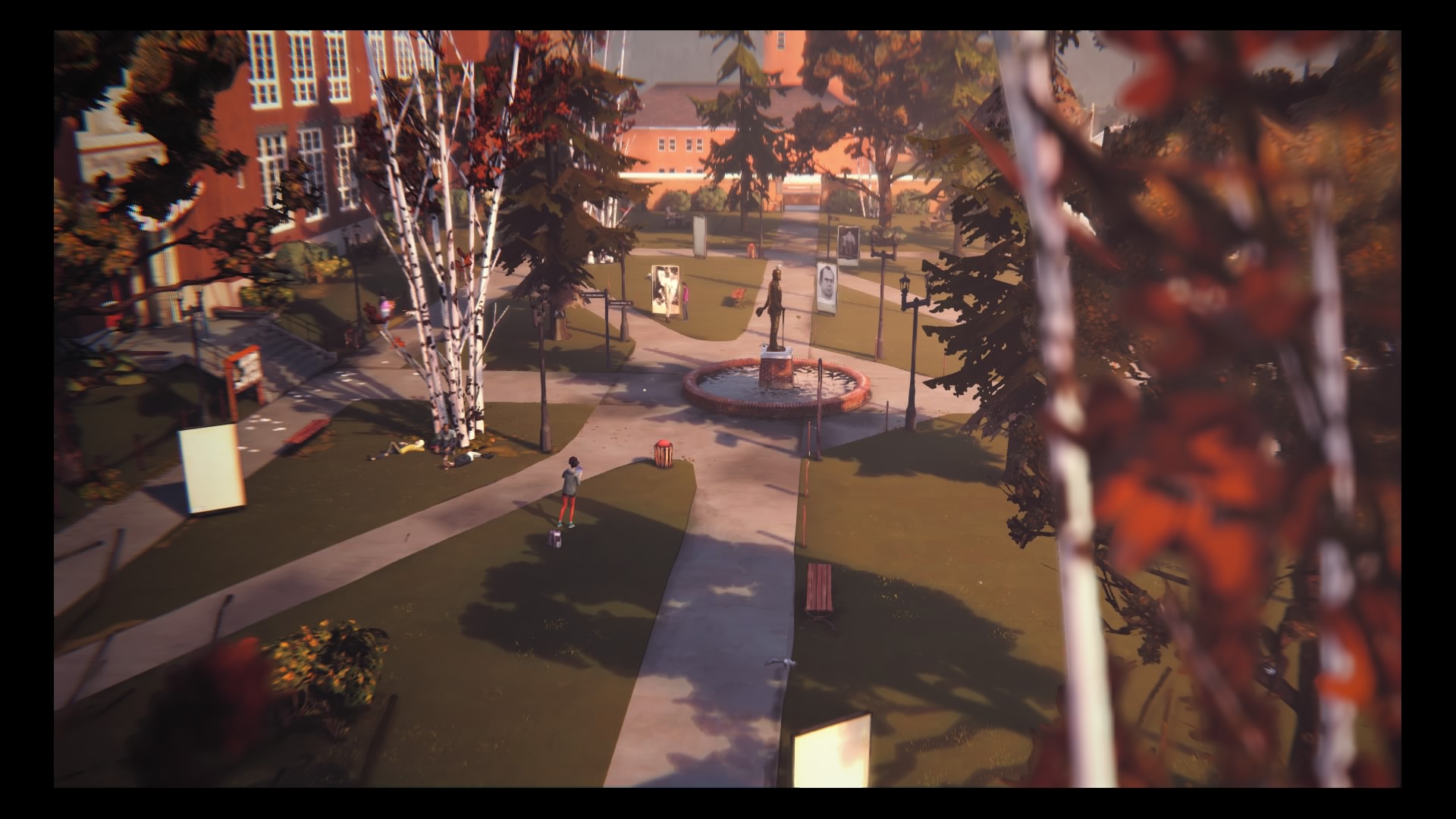
-
Life is Strange Screenshot
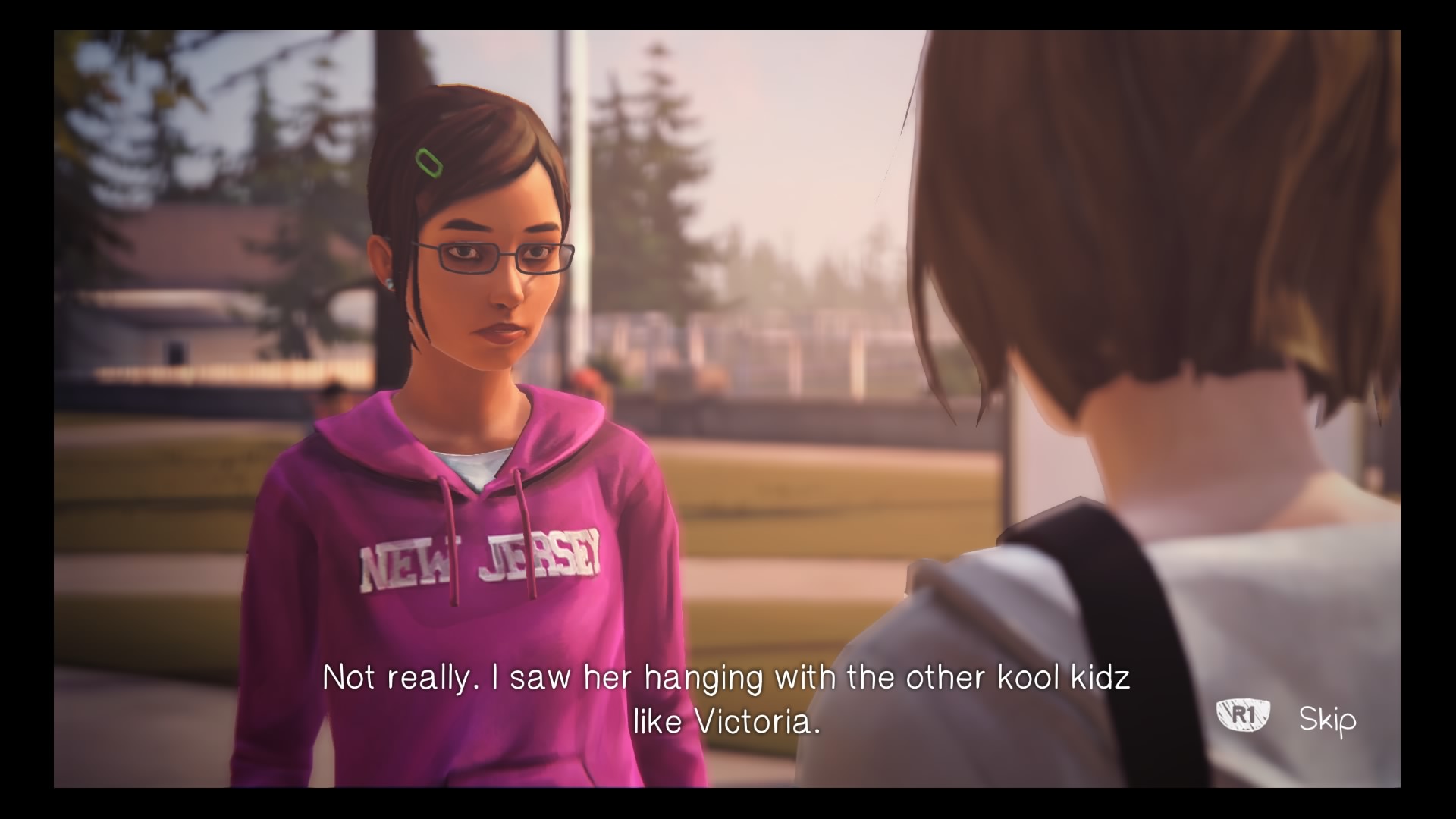
-
Life is Strange Screenshot
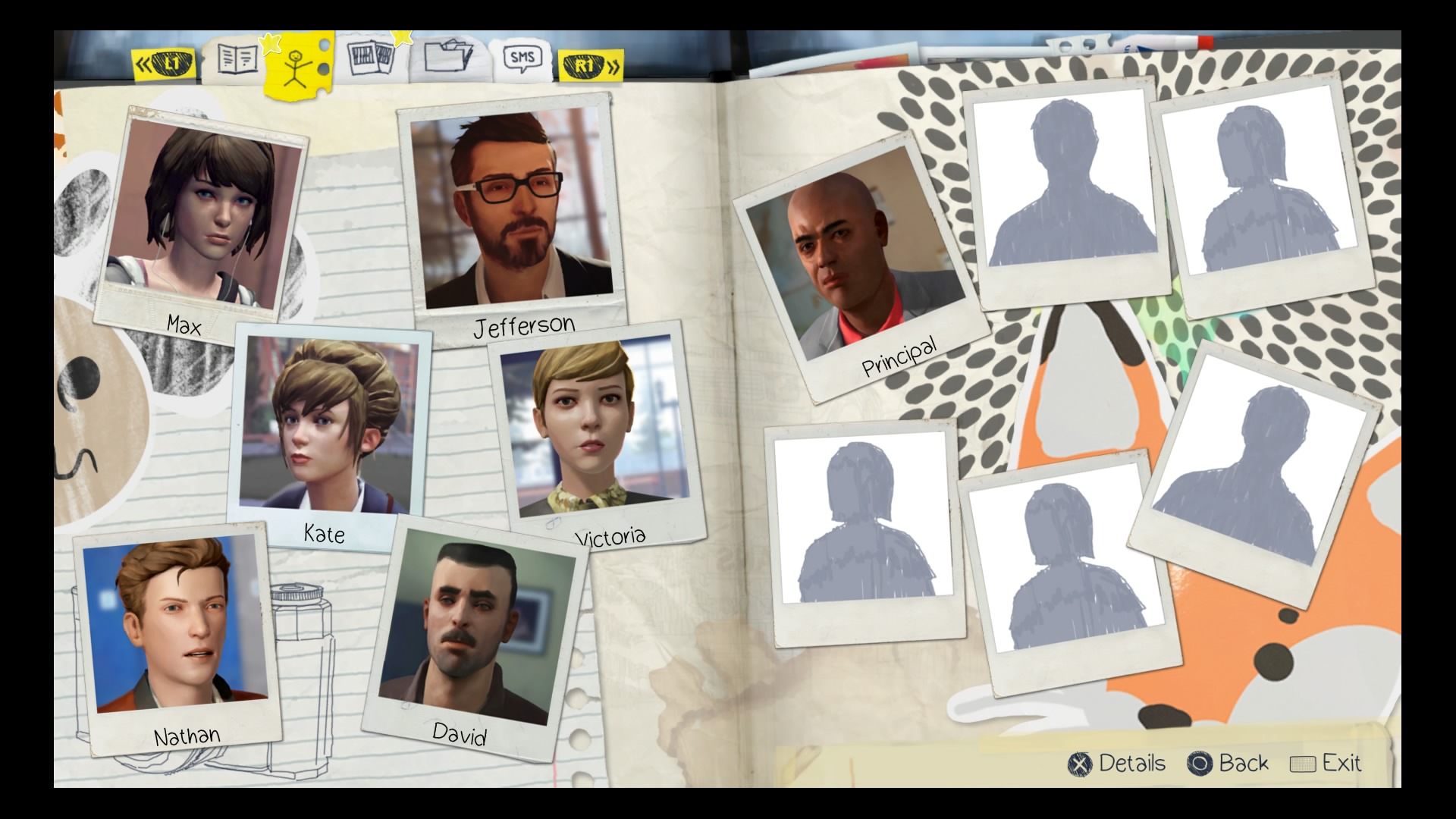
-
Life is Strange Screenshot
